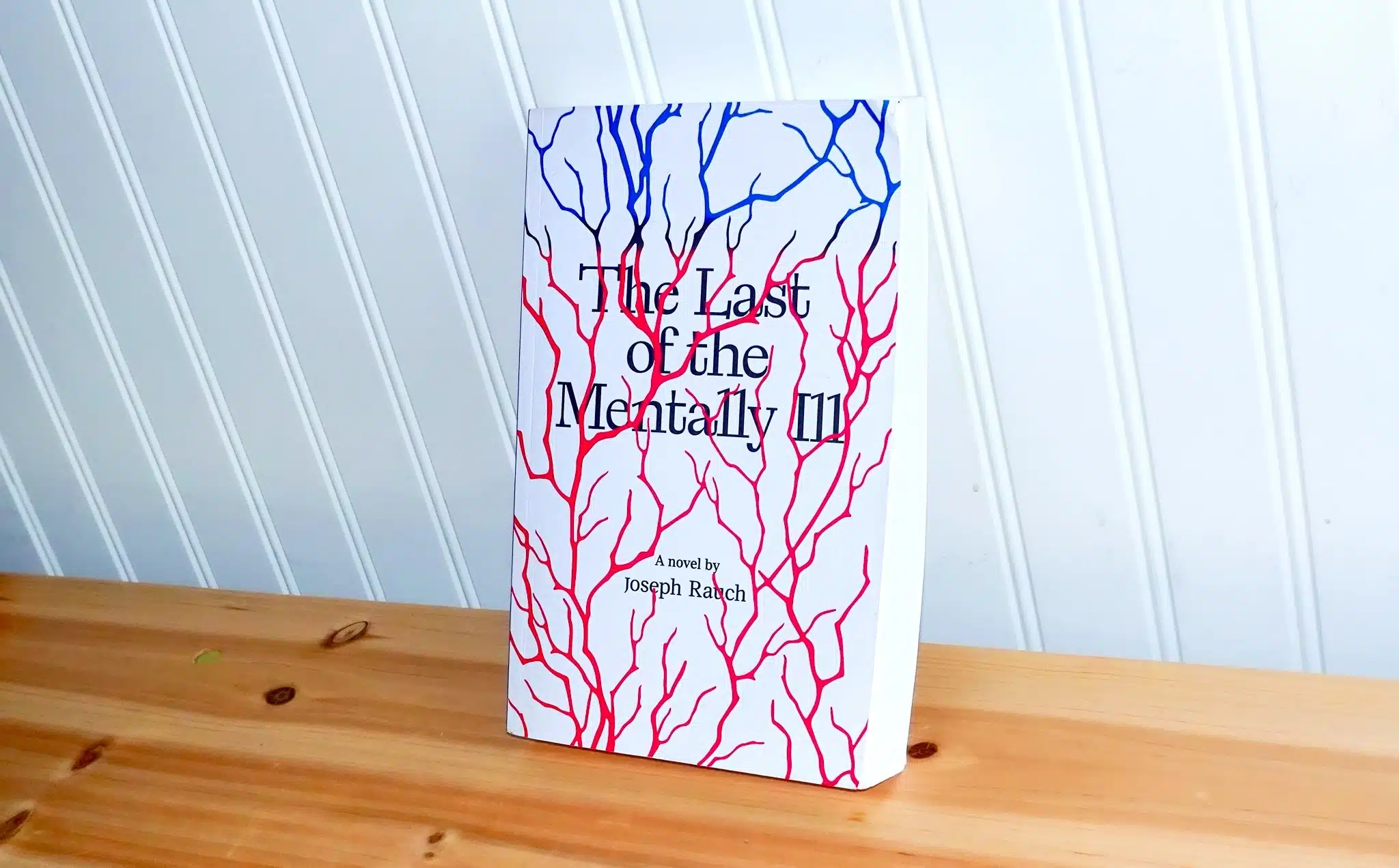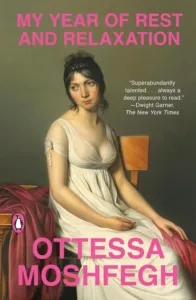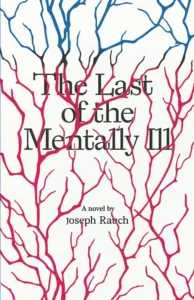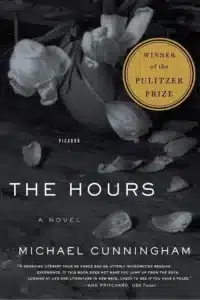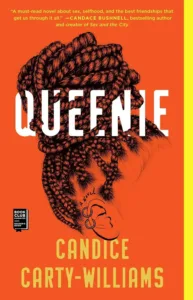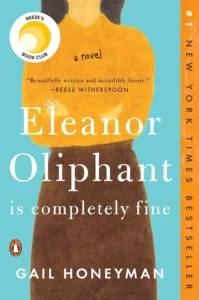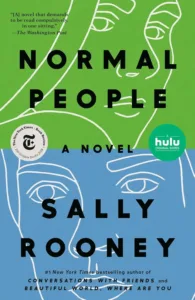TLDR
Mental illness comes in many forms, whether it’s depression, anxiety, bipolar disorder or something more severe. According to the National Institute of Mental Health (NIMH), more than one in five adults in the United States lives with a mental illness. That’s 23.1% of the US adult population. Oftentimes, mental illness is not something that is openly discussed, leading many to feel alone and isolated. However, people are less alone than they think, and that reality could not be more evident than through works of literature.
So many novels today and in the past have dealt with mental illness, portraying characters dealing with depression, OCD, suicidal thoughts and more. In this article, we’ve compiled a list of 10 novels about mental illness.
As we considered our options for this list, we selected books that balance compassion and transparency. These writers skillfully navigate mental health challenges in a way that readers of all backgrounds can connect with and understand. Mental illness can manifest many different ways, and these novels depict the various forms mental illness can take.
Otessa Moshefegh’s “My Year of Rest and Relaxation” follows a 26-year-old woman in New York living off the inheritance she received from her dead parents. She’s young, wealthy and privileged, with no need to ever work for a living. In spite of that freedom, all she wants to do is sleep.
“My Year of Rest and Relaxation” provides an interesting take on depression. In some ways, the narrator doesn’t seem depressed. If you were to take everything the narrator says at face value, you would think all of her past trauma hasn’t phased her one bit.
Through the character’s actions, however, readers can surmise that she’s an unreliable narrator, not telling us the truth about how she feels. Instead we see her go through the motions of what seems to be severe depression, medicating herself so much that she spends most days and nights asleep or blacked out. Because the narrator is so good at pretending she’s not depressed, her one friend, Reva, just assumes that she’s a self-involved, selfish friend.
Moshefegh’s story shows that mental illness is not always evident to those around you. For much of the story, Moshfegh has us believing that the narrator simply wants to sleep and that her actions are almost logical. But a deeper reading shows a truly depressed character isolating herself from the world and from her own traumas.
“Mrs. Dalloway” by Virginia Woolf follows a day in the life of Clarissa Dalloway, a wealthy woman in post-World War I England. At the same time, the novel also jumps into the mind of Septimus Smith, a World War I veteran suffering from a severe case of PTSD. Clarissa and Septimus never meet, and their lives and experiences vary greatly. However, through the stream of consciousness of both characters, Woolf shows two different takes on mental illness.
Septimus and Clarissa both suffer from depression. In Septimus’s case, the depression is more evident, with his past trauma being a clear reason for that depression. We see Septimus’s decline throughout the novel, and we see Woolf’s criticism of the medical field and its treatment of mental illness. Woolf herself suffered from depression and bipolar disorder and had firsthand experience with the treatment of mental illness.
Clarissa, meanwhile, is planning a party. The story follows her day as she prepares for the party, But we’re inside her stream of consciousness as she remembers moments from her entire life. Via Clarissa, Woolf shows that mental illness can affect anyone, no matter how perfect their lives look on the outside.
Editorial Note: Read our full review of “Mrs. Dalloway” right here.
Joseph Rauch’s “The Last of the Mentally Ill” takes place in a near-future New York and follows Chester Owens, a 16-year-old boy with severe social anxiety. Chester was seemingly abandoned by his parents as a baby. Now he lives in Greendale, a secret locked down facility for children with mental illnesses. Chester sticks to a very specific routine and tries to stay out of everyone’s way.
Greendale is run by the Leto Corporation, an organization whose motives are not as altruistic as they seem. A group of activists and whistleblowers are ready to expose Leto from within, allowing Chester to finally understand his worth.
“The Last of the Mentally Ill” excellently portrays mental illness, specifically severe social anxiety. Through Chester, we can see what it’s like to live with such high levels of anxiety. And through the Leto Corporation, we can see the ways in which society stigmatizes those with mental illness.
While this story takes place in a near future where the mentally ill are kept locked away from the rest of society, its message is pertinent even in today’s world. Just recently, President Trump signed an executive order to involuntarily institutionalize homeless people for mental illness very much in the way that the Leto Corporation involuntarily holds children with mental illness.
“Madwoman” by Chelsea Bieker is a story about motherhood and mental illness. The novel follows Clove, a stay-at-home mother with a secret past. Neither her children nor her husband know about her childhood trauma, her mother in prison or even her real name. Clove lives a seemingly perfect life with a fabricated past.
Bieker shows the effects of childhood trauma into adulthood. Although Clove seems to have it all: a great husband, two wonderful children, a nice house in a nice neighborhood — she’s plagued by memories of her abusive father and her tumultuous childhood. By keeping her past a secret, Clove never actually deals with her trauma and instead suffers a secret mental illness. This novel is a story of motherhood and the need to come to terms with one’s past. Bieker proves there is no escaping your mental illness. It always comes to find you when you don’t deal with it head-on.
With “Mrs. Dalloway” on the list, it makes sense to also include Michael Cunningham’s “The Hours.” “The Hours” follows three characters living in three different time periods. We see Virginia Woolf in London in 1923 writing “Mrs. Dalloway” while struggling with her own mental illness. In 1949 in Los Angeles, California, Laura Brown reads “Mrs. Dalloway.” At the same time, she’s planning a birthday party for her husband, a World War II veteran. Finally, in 1999 in New York City, we see Clarissa Vaughan as she plans a party for her good friend, a poet named Richard who has just received a major literary award and is dying from an illness (implied to be AIDS).
While Cunningham’s novel is a tribute to “Mrs. Dalloway,” it also serves as an excellent portrayal of mental illness through these three characters living in different time periods. The novel goes through periods of Virginia Woolf’s life, including her suicide in 1941. We see her battle with depression and bipolar disorder and the ways these illnesses have taken over her life. We also see the ways in which the medical field has failed her.
Each character deals with their own struggles, paralleling many of the themes and characters in “Mrs. Dalloway.” “The Hours” provides a fascinating take on the ways mental illness manifests for different people.
Zaina Arafat’s “You Exist Too Much” follows a young Palestinian woman dealing with cultural, religious and sexual conflict. When she comes out as queer to her mother, her mother tells her, “You exist too much.” Throughout the novel, the protagonist struggles with various relationships and romantic obsessions, but her self-destructive tendencies cause her life to unravel. As a result, she checks herself into a treatment center called The Ledge. The character participates in group therapy and various unconventional treatments. She’s eventually diagnosed with a love addiction.
“You Exist Too Much” shows the ways in which mental illness can fully unravel one’s life. While the protagonist of this story recognizes her own struggles and seeks help, Arafat’s novel deals with the self-destructive tendencies that mental illness can bring about. This is a great read for anyone interested in the story of a young woman who becomes obsessed with being loved as she grapples with her culture and religion as a queer woman.
Editorial Note: Check out our Palestine book list for more titles like this.
Queenie is a 25-year-old Jamaican British woman living in London. She works at a newspaper with mostly white colleagues, and she’s just gone through a messy break up with her long-term boyfriend. Like the protagonist of Arafat’s story, Queenie also has a great deal of self-destructive tendencies. The character deals with anxiety and depression, causing her life to unravel. She’s dealing with childhood trauma and domestic violence, and she makes impulsive choices putting herself in harm’s way. Queenie suffers from debilitating anxiety attacks which affect her work, her friendships and her romantic relationships.
Queenie also comes from a cultural background that does not discuss mental health. The novel provides an interesting take on mental illness because we see the character overcoming her trauma and her upbringing in order to seek help. She eventually goes to therapy, despite her family’s misgivings.
It would be remiss of me to write a list of novels about mental illness without including Sylvia Plath’s “The Bell Jar.” “The Bell Jar” is a semi-autobiographical novel that depicts the protagonist’s descent into mental illness. Esther, a 19-year-old college student, endures sexual assault, domestic violence and more. Her depression grows as the novel goes on, and her aunt eventually sends her to a psychiatrist who conducts electroconvulsive therapy on her (ECT), further traumatizing Esther. Her mental health declines, as she makes several suicide attempts and is sent to various mental hospitals. “The Bell Jar” analyzes society’s response to mental illness and the ways that medical treatment of the time only served to make things worse.
Editorial Note: Read our full review of “The Bell Jar” here.
In “Eleanor Oliphant Is Completely Fine” by Gail Honeyman, Eleanor experiences various mental health challenges due to her traumatic childhood. Honeyman’s novel is a great example of the ways that our childhood experiences shape who we are as adults and affect our mental health throughout our lives.
Eleanor is 29 years old and convinces herself that she is completely fine. However, we quickly see that is not the case at all. Eleanor drinks too much and has no friends. She suffers from depression but won’t admit it, and she possibly also has obsessive compulsive disorder and/or autism. “Eleanor Oliphant Is Completely Fine” is an interesting take on mental illness because despite all of these dark topics, the story still feels somewhat light-hearted and funny. This is a refreshing take on mental illness because it doesn’t focus on the usual doom and gloom that many stories about mental illness depict.
Editorial Note: Read our full review of “Eleanor Oliphant Is Completely Fine” here.
In Sally Rooney’s “Normal People,” both main characters, Marianne and Connell, suffer from mental illness. They’re dealing with childhood trauma, physical and emotional abuse and social anxiety. Marianne self harms and seeks out harmful and dangerous relationships. Connell feels isolated and depressed and eventually seeks help in the form of therapy.
“Normal People” feels like a very realistic depiction of mental illness in modern society. Rooney writes Marianne and Connell’s stories to illustrate the ways depression and anxiety manifest in different people. She also shows the ways mental illness can affect relationships. Connell seeking out therapy is a turning point in the novel and helps him deal with his problems. While “Normal People” is not only about mental health and mental illness, it is certainly a huge theme throughout the novel, affecting both characters greatly.
Why Novels About Mental Illness Matter
In reading stories like the one listed above, readers can see their experiences and challenges reflected on the page. Compassionate narratives tell readers that they’re not alone. These stories work to normalize mental illness, reduce harmful stigmas and encourage those struggling with their mental health to seek support. Novels about mental illness spread compassion, toward others and oneself. We hope you’re able to connect with and enjoy some of the works in this article.
Of course, there are many more novels featuring characters with mental illness that we did not include. If there’s something you’d like to see on the list, comment below! Here at The Rauch Review we want our readers to have a voice.
Get recommendations on hidden gems from emerging authors, as well as lesser-known titles from literary legends.
